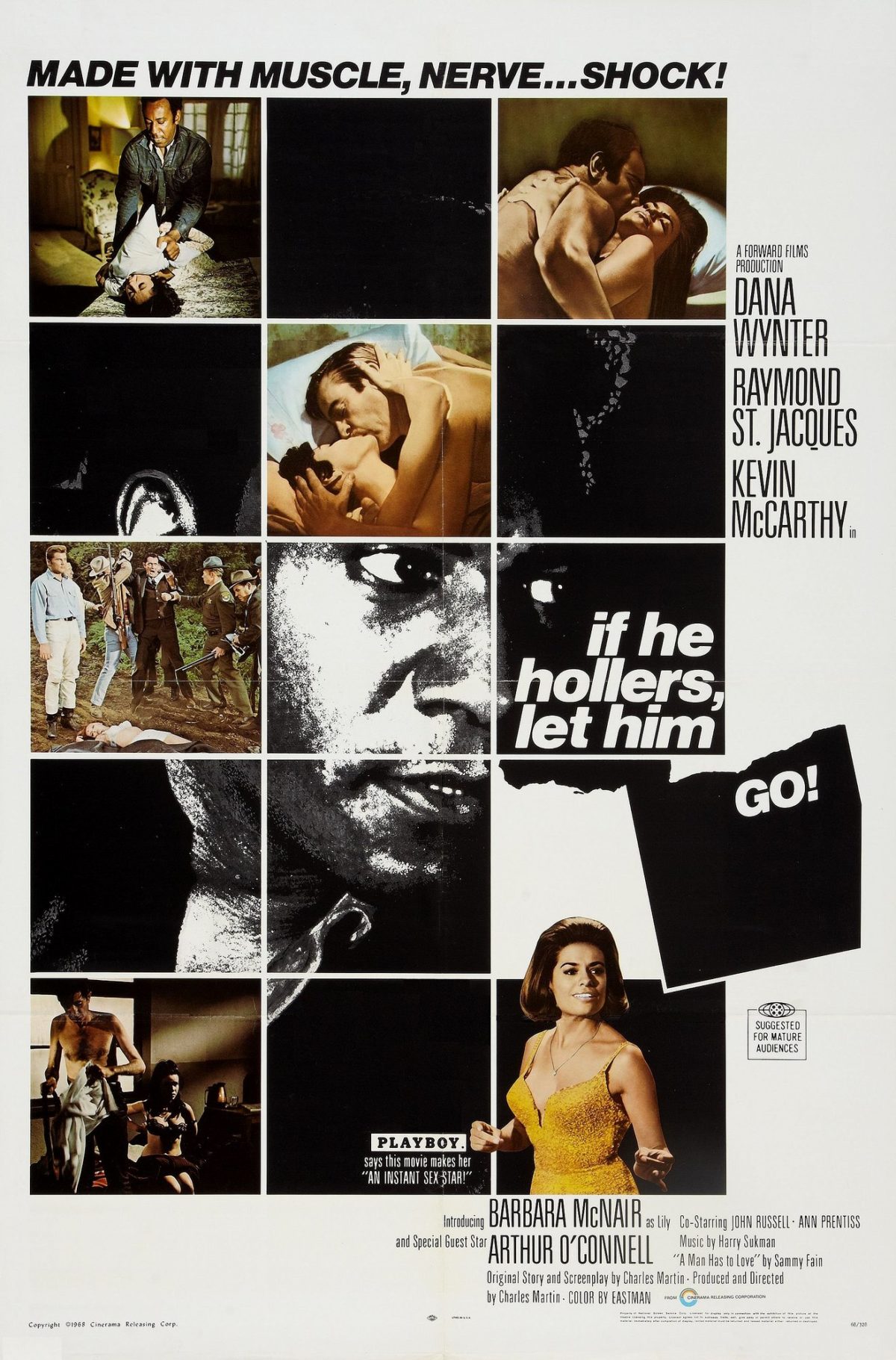In chapter three of Street Players by Kinohi Nishikawa, the genre of “Black Sleaze” is introduced as a genre of popular pulp fiction in the 1960s: fiction with a mass market appeal, enticing white readers for its voyeuristic appeal and Black readers with fewer books to choose from. It’s this perspective on the publication and popularization of Black Sleaze that I found of particular interest this week; the motivation for publishing some texts over others due to various concerns (financial, cultural, and political), which in turn has the power to shape popular culture.
On page 76, Nishikawa quotes New York Times Book Review writer Mike Watkins, who in 1968 explored a growing divide in taste among older and younger Black readers in New York City’s “‘Black ghettos.'” Nishikawa quotes Watkins and unpacks his analysis on the cause behind this trend, noting “‘a lack of book outlets within the ghetto which provide a wide variety of titles’ to readers. It was, then, a matter of class, geography, and tacitly racist distribution practices.” Nishikawa goes on to explain then that “Black readers seemed to lurch between extremes – radical literature to trash fiction – only because that is what distributors (and the publishers that used their services) sent to their communities” (76).
What I find so interesting is the power that publishers and distributors have in shaping the popular image and understanding of an entire group of people/way of life; specifically, the Black community living in urban spaces. Trick Baby, for all its inventiveness and authority as a piece of creative nonfiction, seems still to have been published for spectacle and profit, rather than the lifting Black voices, which is the narrative once forwarded by the Holloway House themselves.
In the publishing world of 2022, I wonder how much progress has been made in presenting a diversity of voices and experiences, regardless of mainstream appeal and profit. Now more than ever, independent presses (and filmmakers, for that matter) have resources at their disposal to produce media that goes against the standard practices of larger, more profit-conscious publishers and studios. However, debates on artistic merit and value continue to plague certain works seen as depicting particular identities and groups in a negative or morally ambiguous light. For example, Luster by Raven Lelani. The novel follows a young Black woman living on New York and unapologetically depicts her casual approach to sex and alternative relationships. While seeing the value in Lelani’s prose and social commentary, some have questioned the aims of her publisher and the nature of publishing such a novel over others. Alternatively, some of the harsher criticism to the work can be traced to racism and a strict adherence to white, Christian morality. Considering Nishikawa and the nature of publishing in 1968 may provide insight into publishing practices today.
